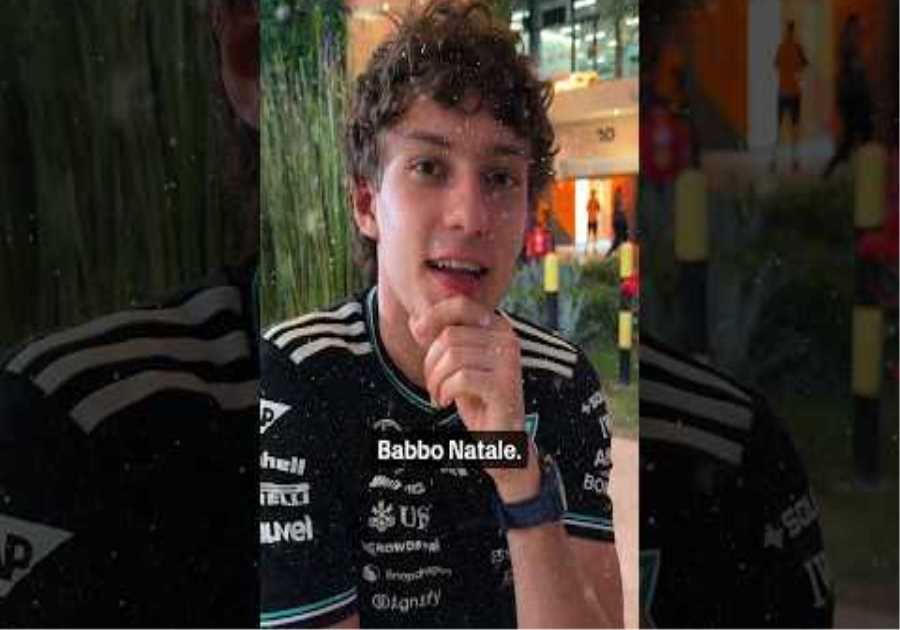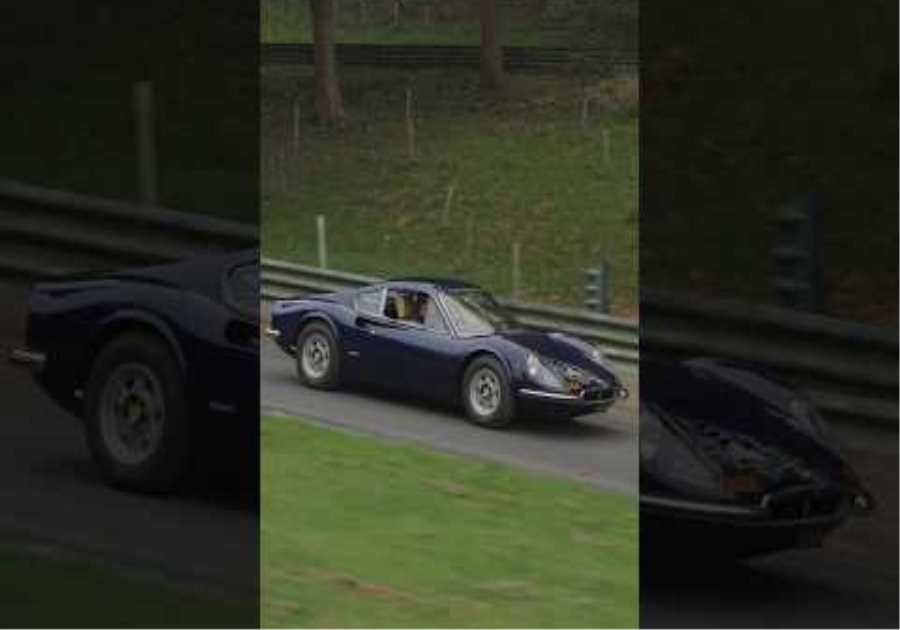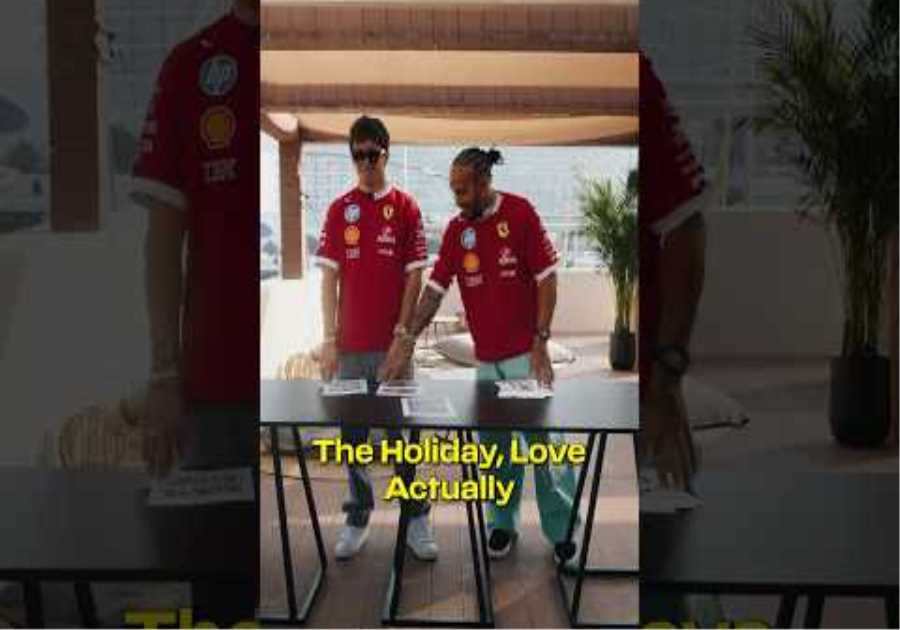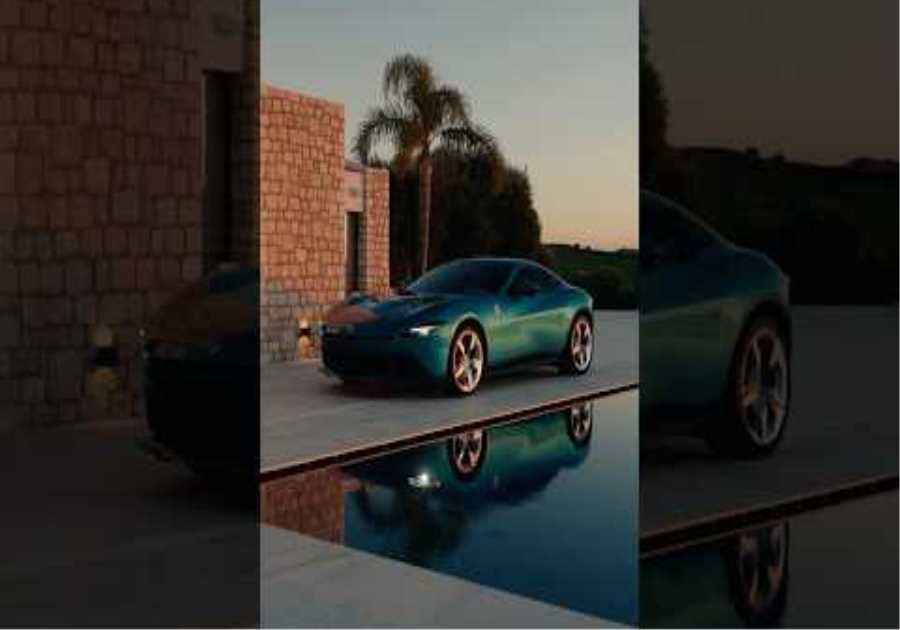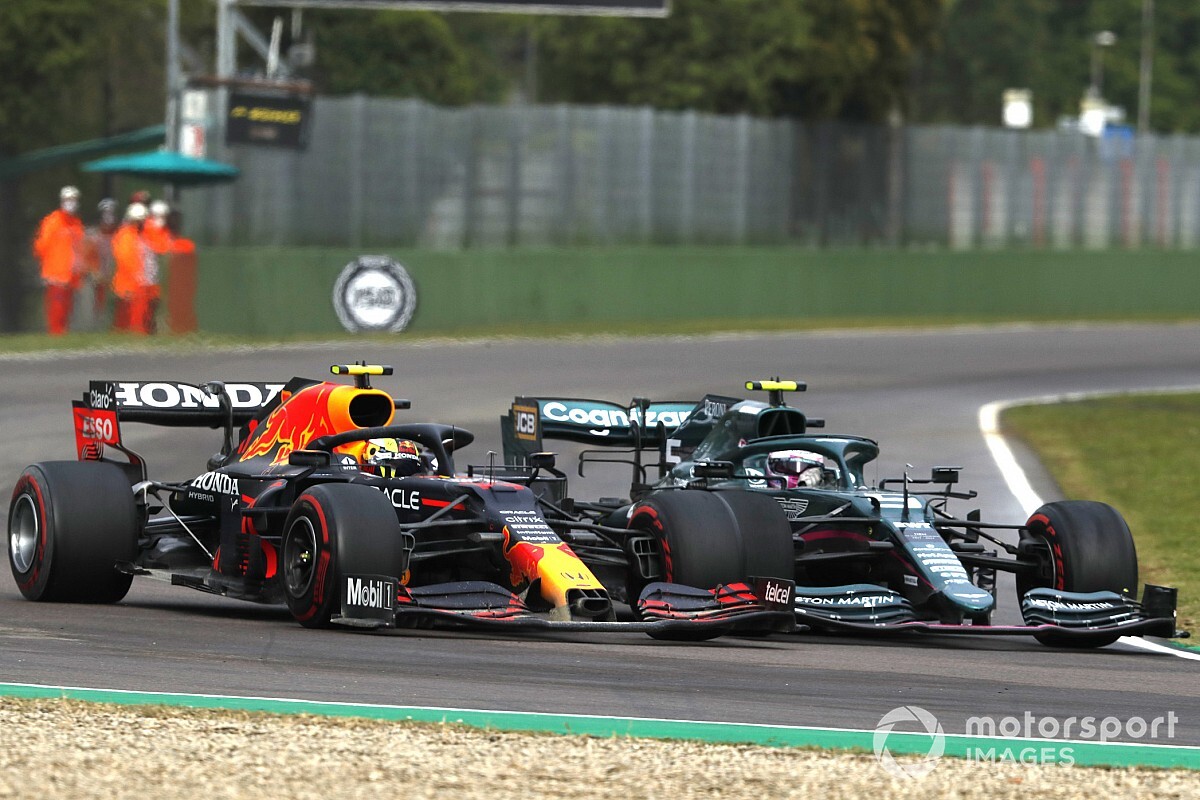
Sebastian Vettel, Fernando Alonso, Carlos Sainz, Daniel Ricciardo and Sergio Perez have found that the adjustment process may be even more difficult than expected and so far all five men are struggling to match their teammates’ form.
To make matters worse, Imola was the second venue on the program. After testing and a weekend of racing in Bahrain, a place where there are a lot of mistakes, they came to an old school track with little drainage and curbs that bite.
Throw the FIA’s laser focus on the track limits and then rain on race day when these guys had no experience driving their new cars on wet tires and it was a difficult weekend. As Perez put it, Imola was a “pretty brutal” challenge.
All of the above drivers made fascinating similar comments about finding the limits and the need for extra confidence in cars that they still don’t know very well.
Their collective struggles were not supported by this year’s reduced testing program due to cost-cutting measures agreed with the FIA. The teams only had three days of running in Bahrain, leaving each driver only a day and a half to adjust to their new surroundings, plus a short shakedown session on the day of shooting.
If you’ve had mechanical Gremlins, as was the case with Vettel in particular, your testing time was further impacted en route to the first race weekend – where you faced the new 2021 schedule with two hours of Friday training instead of the previous three.
And busy weekend schedules are essentially supposed to help the team drive the car faster, rather than allowing a driver to experiment, making it difficult to catch up.
After qualifying, it looked like Perez had adapted better to his new situation than his colleagues, as he had an excellent second place on the grid ahead of Max Verstappen.
Then an exhausting day of racing with a bad start, a retirement behind the safety car and a spin reminded the Mexican that he still has a lot to learn. He doesn’t take anything for granted.
“I don’t look at what other people are doing to be honest, but it is certainly a big job to switch teams and then drive your car in those conditions on your second weekend,” he said.
“It’s pretty brutal. Well, I think I’m not there yet, although I did a good lap yesterday, you saw today how far I was and how difficult and tricky things are.
“I think I am studying and it is a process where we are taking good steps and hopefully we will learn again from today.”
Perez admitted that Imola was a tough test: “It’s one of the worst places to come with a new car, to be honest because a small mistake here in qualifying or in the race can be very costly.
“Even in the race you saw the amount of mistakes that I or other people made. It’s just difficult. But no excuses, just work harder.”
Sergio Perez, Red Bull Racing,
Photo by: Glenn Dunbar / Motorsport Images
Alonso snuck into the top 10 on Sunday after Kimi Raikkonen received a penalty. So far, however, the former world champion has had problems keeping up with alpine teammate Esteban Ocon, who in turn spent most of 2020 catching Daniel Ricciardo, who then settled more at Renault.
Alonso acknowledges that it has been a tough job for all drivers in new seats this year but insists that the Imola weekend provided good training.
“Probably yes, I would rather agree,” he said after the race. “It looks and feels kind of obvious that with every lap that I do, with every lap, with these drivers, we feel more comfortable.”
The Imola race was a nightmare for Vettel, who had to start out of the pit lane after the last-minute brake fires that affected both Aston Martins. For a good measure he got a penalty because the team was still working too close to the start on the car.
“It’s a nice track, so it bites if you do something wrong, which is the purpose,” said the German. “I need the last bit of confidence, maybe these drivers who are new to teams have a little more problems. I think I just struggled yesterday to get everything into this one lap, which is ultimately the last bit of confidence.”
“It’s on the way there but it certainly isn’t great when you have a day like this. If you were thinking about what could go wrong, you couldn’t imagine our race today, and not in that order.
“But the time in the car will help and I’m pretty sure it couldn’t be worse. It was pretty good seeing the conditions as I was pretty optimistic because I thought we could make a difference. It it turned out we started at the back foot before the lights went out. “
Vettel’s Aston team boss Otmar Szafnauer understands the plight of the former world champion.
“When the auto philosophies are completely different, it takes time,” he said. “And do you know that you talked to Checo [Perez] He also went to a Red Bull that has a different philosophy than we do.
“And he says the same thing that it will only take some time to get to the fine, fine edges to get the most out of the car.”
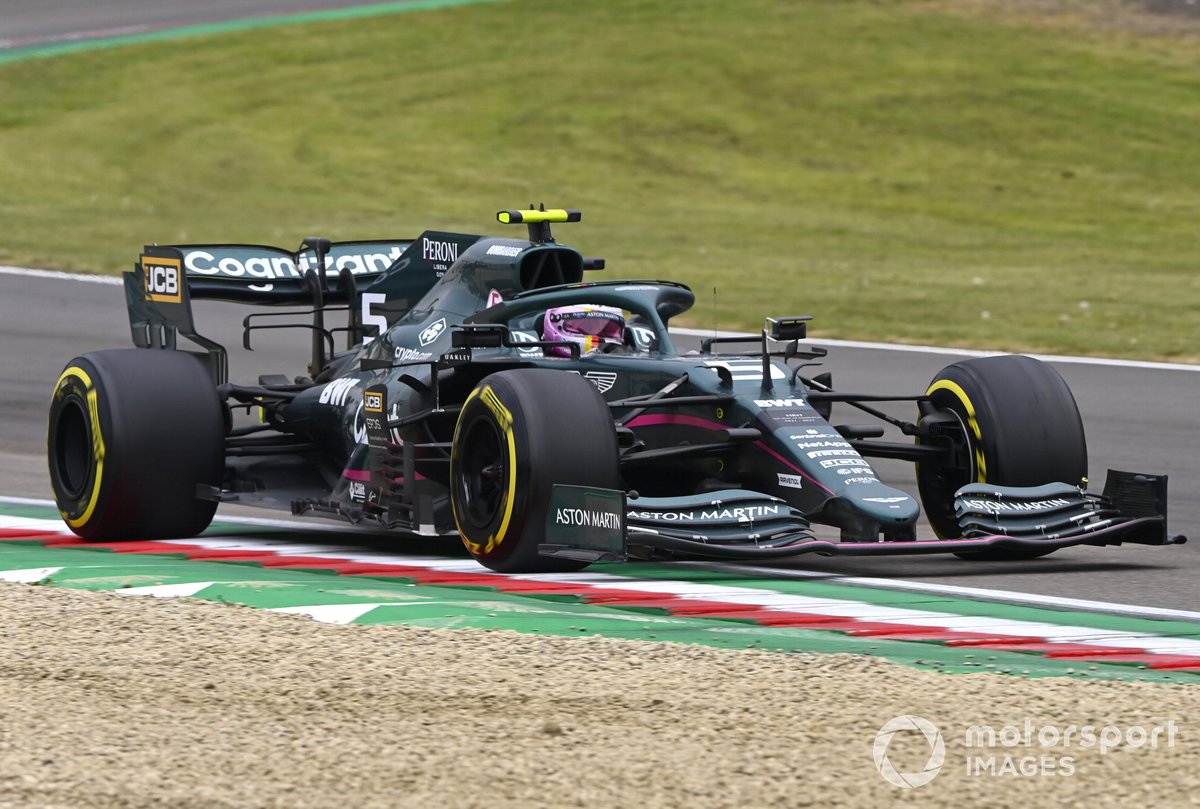
Sebastian Vettel, Aston Martin AMR21
Photo by: Mark Sutton / Motorsport Images
Szafnauer admitted that the lack of testing hurt all the drivers on new teams: “Yes it did. And I think my biggest regret is that we weren’t as reliable as we should have been in the winter.
“And Seb lost a significant part of his day and a half. So if we had more tests, Seb more in the car, he would be in a different place on the learning curve.”
McLaren boss Andreas Seidl agreed that the shortened test plan did not help Ricciardo and the other team movers to bring themselves up to date. However, he insisted that everyone just had to accept the circumstances.
“I will not say that it is a surprise,” said Seidl on Sunday. “We know it’s not easy to jump from one car to another when you only have a day and a half of testing.
“I think there is no point in complaining about the day and a half of testing because it was an agreement between all the teams to do just one test this year to save costs.
“But these cars are complex. And then to find those last two, three, four tenths that is then also, let’s say, the difference when you really don’t find it convenient to push these cars to their limits It’s not that easy to find and get out of these cars. That takes time. But that’s no surprise either. “
Ricciardo himself has pointed out that the narrow field has brought the gaps between teammates even more to the fore this year.
“Every tenth is important, but even more now,” said the Australian. “So you can’t afford to be a few tenths off the pace, or you’ll be out of the second quarter and not make it, or it could be the difference between the top three and the top eight.”
“So there are more risks on this track. You have to be familiar with the car at the limit and have that confidence, and I certainly needed more time this weekend than in Bahrain.”
Sainz has experience with team changes after moving from Toro Rosso to Renault, McLaren and now Ferrari.
At Maranello, he is meeting the team with Charles Leclerc in his third season, full of confidence and absolutely at the top of his game. Sainz has found it difficult to keep up with him for over one lap so far.
“I know he’s a qualifier,” said the Spaniard after qualifying seven places behind Leclerc at Imola.
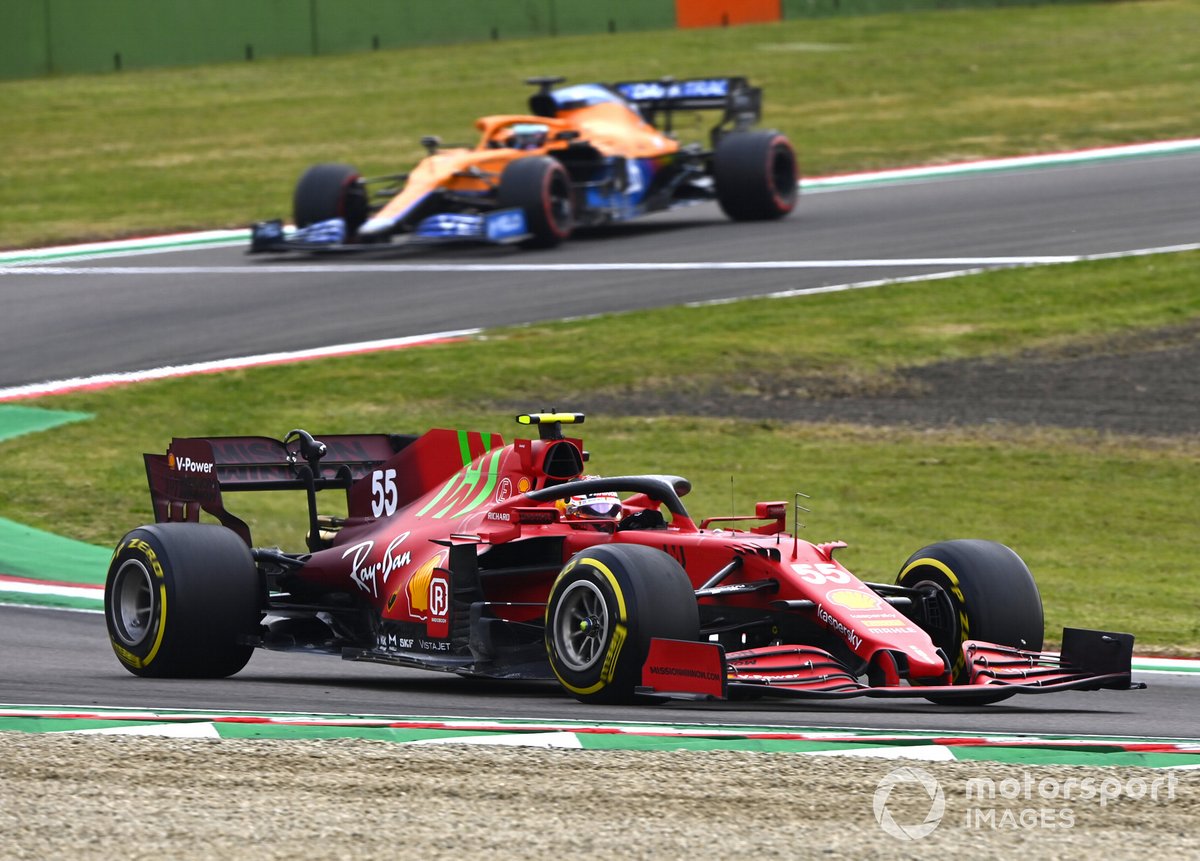
Carlos Sainz Jr., Ferrari SF21, Daniel Ricciardo, McLaren MCL35M
Photo by: Mark Sutton / Motorsport Images
“And especially in the Ferrari he seems really at home and knows exactly what to expect from the car when it comes to high-grip conditions in Q2 and Q3, and he’s an expert, he’s a very, very good one Driver.
“But at the same time, if there’s one thing I’ve seen during those first two races, it’s that I’m not really slower than him in any of the corners. So I know I can get up when I put the laps together . ” There.”
Sainz gave a fascinating insight into the fine edges: “Today it was maybe driving on the curb, how the car reacts to the curb, depending on the angle at which I attack the curb.
“And I got caught in all of these harassments a few times, maybe by catching the curb at a different angle and getting out of position.
“There are very long straights here after those curbs and that’s why I missed a tenth or two in the episode.
“Basically, what I’m talking about is just knowing how the car will react to which angle and being very precise about the angle of attack to know that in the next straight
“I’m not going to lose the ten and a half that I just made up. I mean, there is still a bit of analysis to be done, but I’m pretty sure where that lap time is and how it can be extracted.”
As Alonso suggested, the insane Imola race likely accelerated progress along the learning curve for all of the named drivers.
They will undoubtedly take more steps in Portimao and Barcelona – and then, at precisely the point when everything should fit together, they will arrive in Monaco, where trust is everything and those boundaries are finer than anywhere else.
It will be fascinating to see how they compare to their teammates on the streets of the principality.
The post Why Imola was “brutal” for F1 drivers who switched teams first appeared on monter-une-startup.

